The next generation of deep-brain stimulation automatically corrects the precise brain waves that create symptoms of Parkinson’s disease. Can this approach target other conditions?
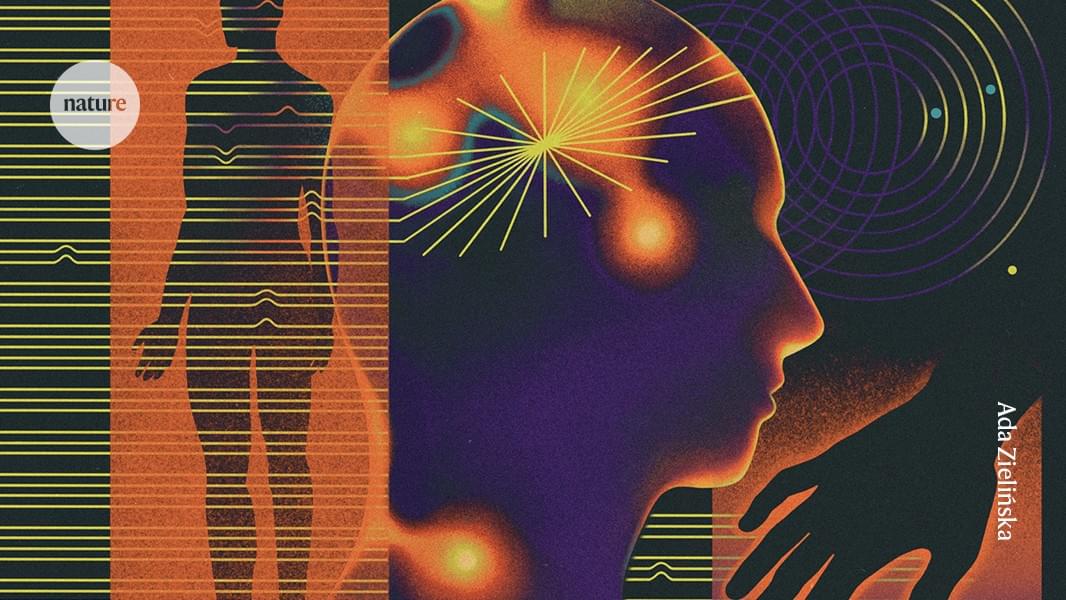

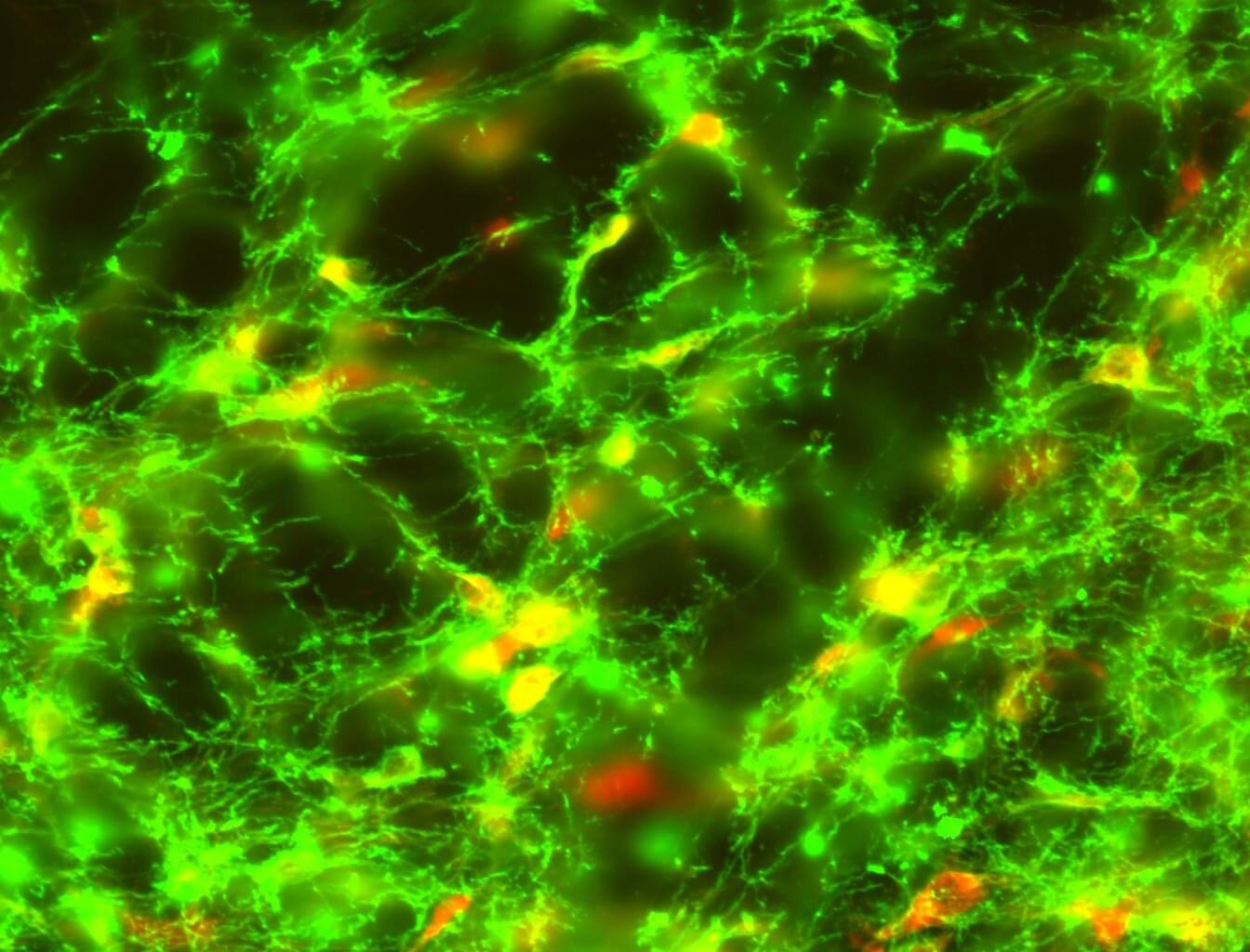
High school students learn that Pavlov’s dogs were conditioned to associate the sound of a bell with getting food. The association was so strong that the dogs would begin to salivate when they heard the bell, before there was even a whiff of food. When they were finally presented with the food, they ate it.

Smartphones can help people stay healthy by monitoring their sleep, steps and heart rate, but they also can help reveal issues tied to mental health, new research shows.
In a study published in JAMA Network Open, researchers from the University of Michigan, University of Minnesota and University of Pittsburgh used smartphone sensors as silent observers of daily life. These digital footprints tracked simple actions, such as how much we move, sleep or check our phones but also provided surprising insights into how our psychological well-being manifests in everyday routines.
The researchers found that many different mental disorders share similar behavior patterns, like staying home more, sleeping late and not charging phones often. Such behaviors may show someone’s level of something called the “p-factor,” which links many mental health issues.
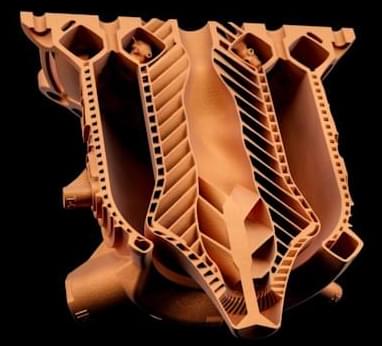
The reason these aerospike style engines haven’t been used more in the past is they’re difficult to design and make. While generally thought of as having the potential to be more efficient, they also require intricate cooling channels to help keep the spike cool. CEO and Co-Founder of LEAP 71, Josefine Lissner, credits the company’s computational AI, Noyron, with the ability to make these advancements.
“We were able to extend Noyron’s physics to deal with the unique complexity of this engine type. The spike is cooled by intricate cooling channels flooded by cryogenic oxygen, whereas the outside of the chamber is cooled by the kerosene fuel.” Said Lissner “I am very encouraged by the results of this test, as virtually everything on the engine was novel and untested. It’s a great validation of our physics-driven approach to computational AI.”
Lin Kayser, Co-Founder of LEAP 71, also believes the AI was paramount in achieving the complex design, explaining “Despite their clear advantages, Aerospikes are not used in space access today. We want to change that. Noyron allows us to radically cut the time we need to re-engineer and iterate after a test and enables us to converge rapidly on an optimal design.”
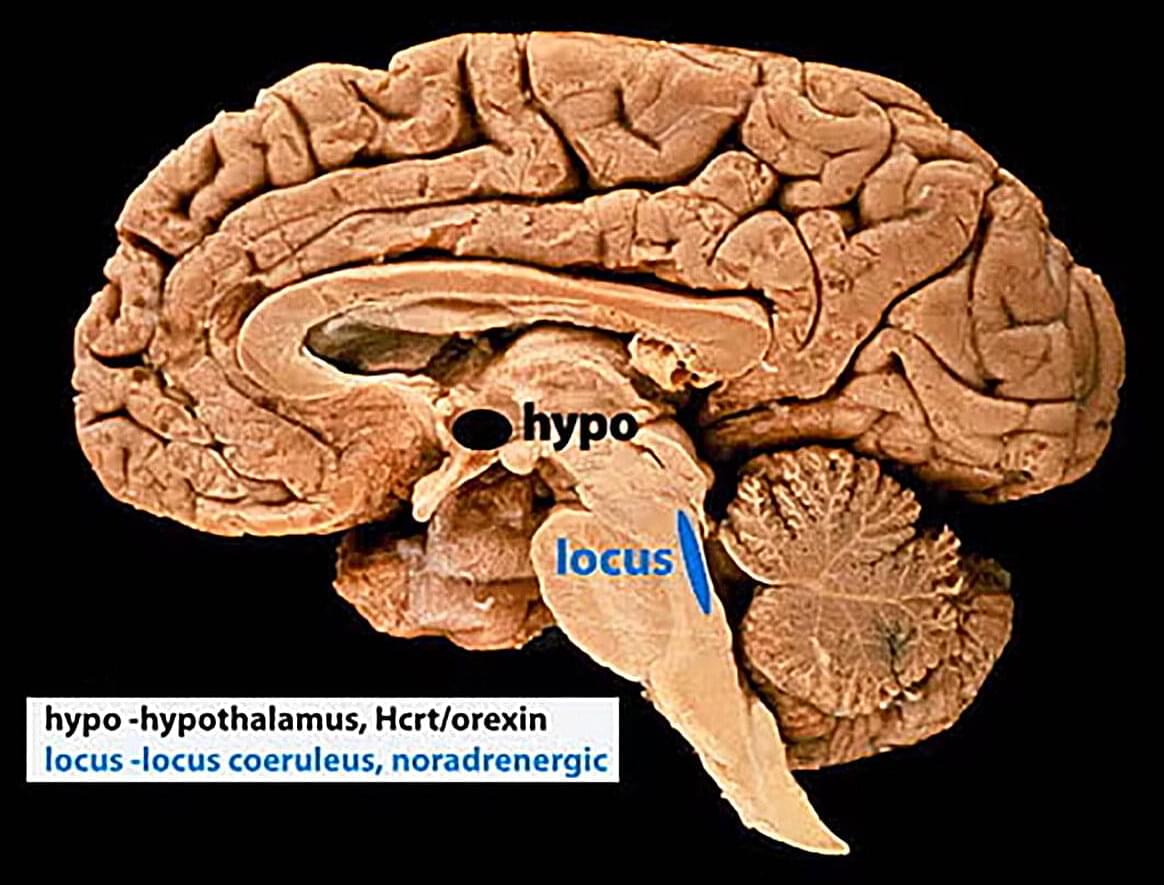
Life may unfold as a continuous stream, but our memories tell a different story. We do not recall the past as one long, unbroken text. Instead, we remember it as a series of meaningful events, like how sentences are structured with grammar and punctuation. Like any narrative, this organization gives our experiences shape and coherence, helping us make sense of what and when things happen.
The brain must devote a lot of space to this herculean task, right?
Wrong! It turns out that a tiny but mighty region pulls far more than its weight.
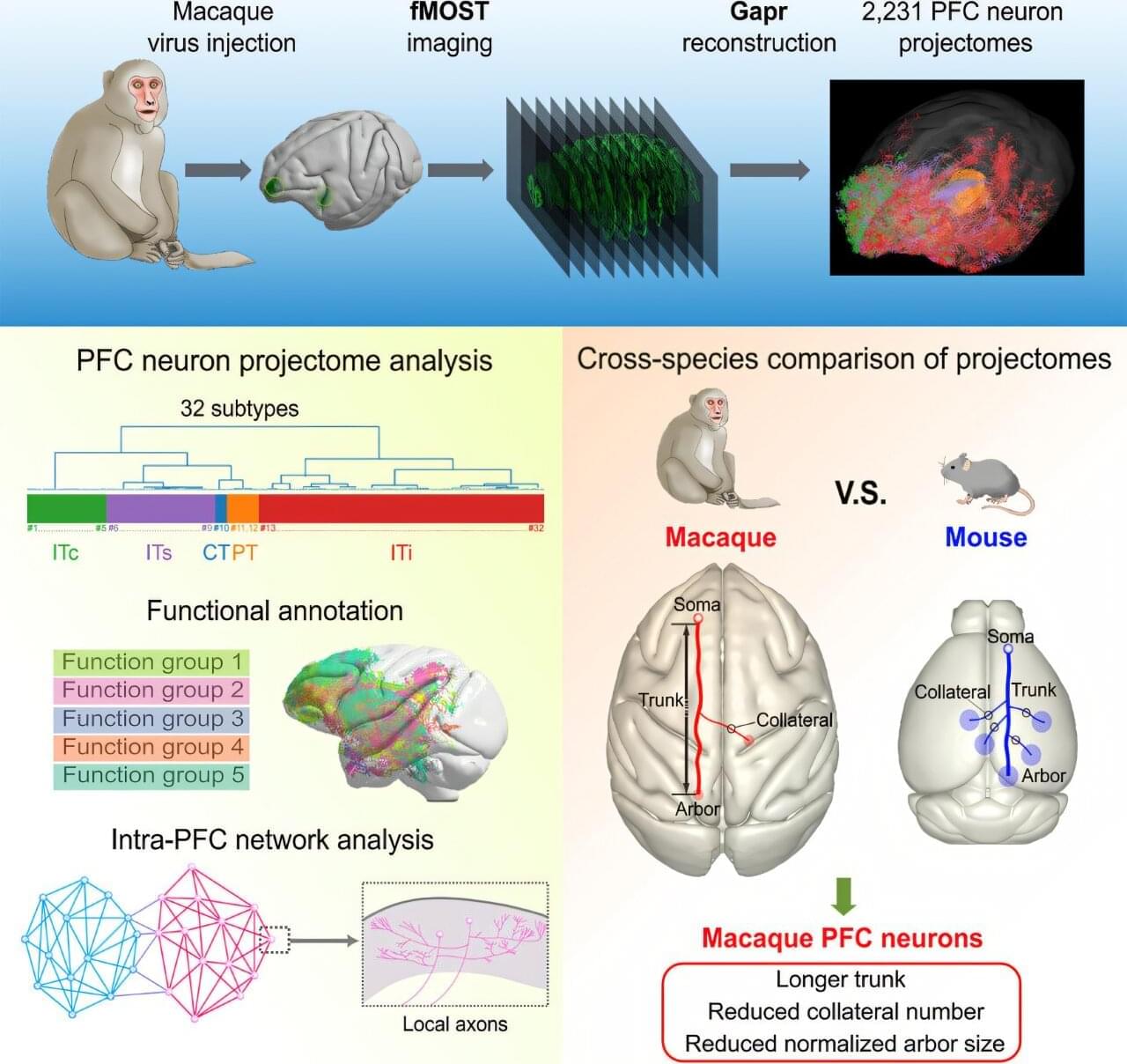
In a study published in Cell on July 10, researchers reported the first comprehensive study of whole-brain projectomes of the macaque prefrontal cortex (PFC) at the single-neuron level and revealed the organization of macaque PFC connectivity.
The team from the Center for Excellence in Brain Science and Intelligence Technology (CEBSIT) of the Chinese Academy of Sciences, along with a team from the HUST-Suzhou Institute for Brainsmatics, compared macaque and mouse PFC single-neuron projectomes and revealed highly refined axon targeting and arborization in primates.
The PFC in primates, including humans, has dramatically expanded over the course of evolution, which is believed to be the structural basis of high cognitive functions. Previous studies of PFC connectivity in non-human primates have mainly relied on population-level viral tracing and functional magnetic resonance imaging (fMRI), which in general lack single-cell resolution to examine projection diversity. Meanwhile, whole-brain imaging data for tracing axons in the primate brain are massive in size.
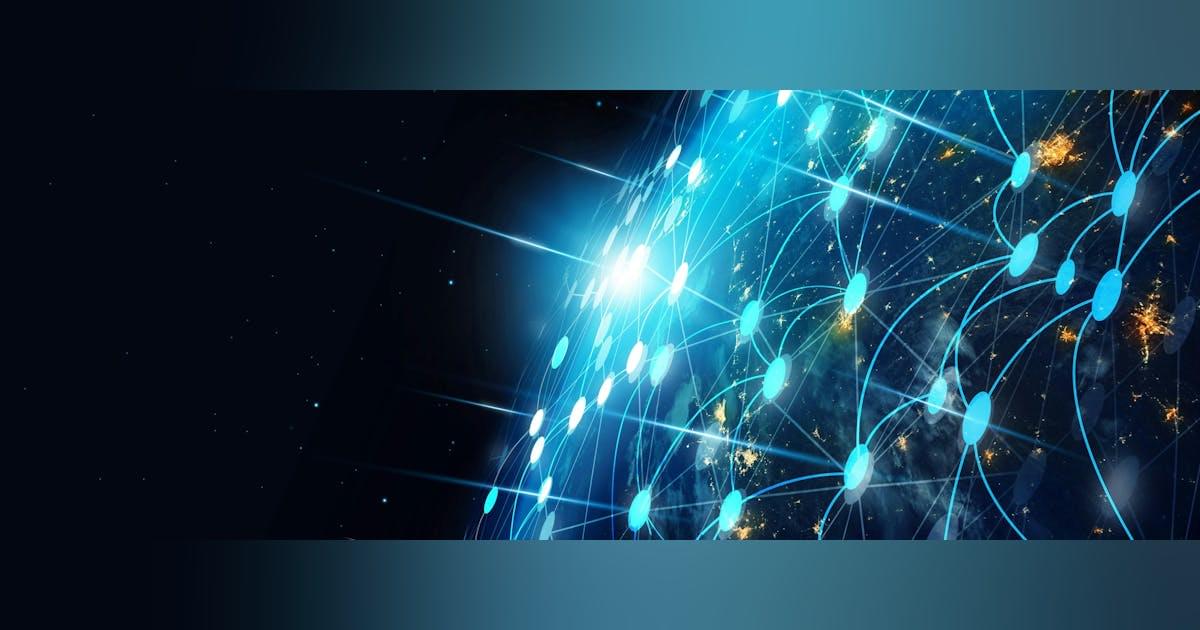
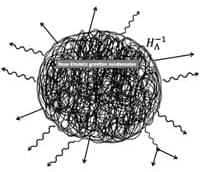
A novel mechanism of inflation is proposed where, starting only from a preexisting de Sitter background, no scalar fields are present, and density perturbations arise from the nonlinear evolution of gravitational waves, which unavoidably arise as quantum vacuum oscillations of the metric. This model-free picture of the early Universe gives concrete predictions that can be tested against cosmological observations.
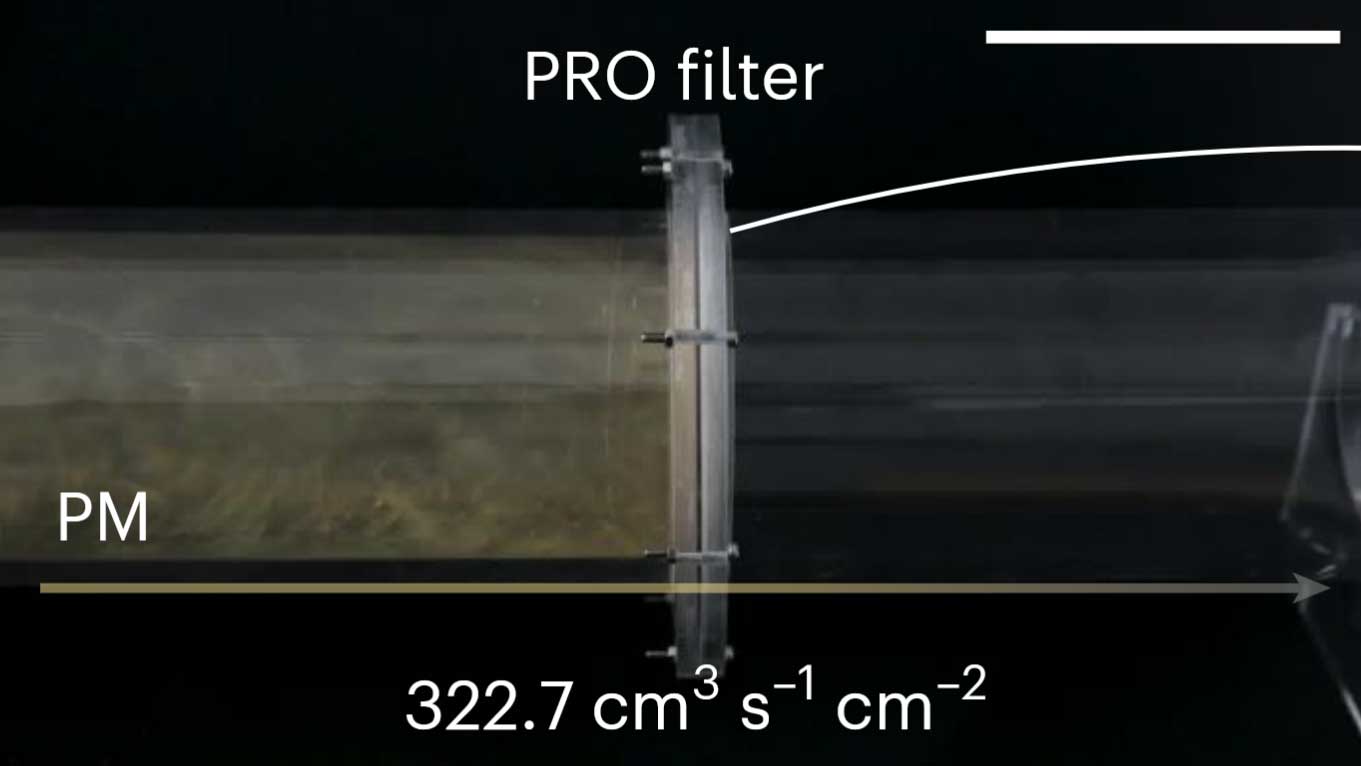
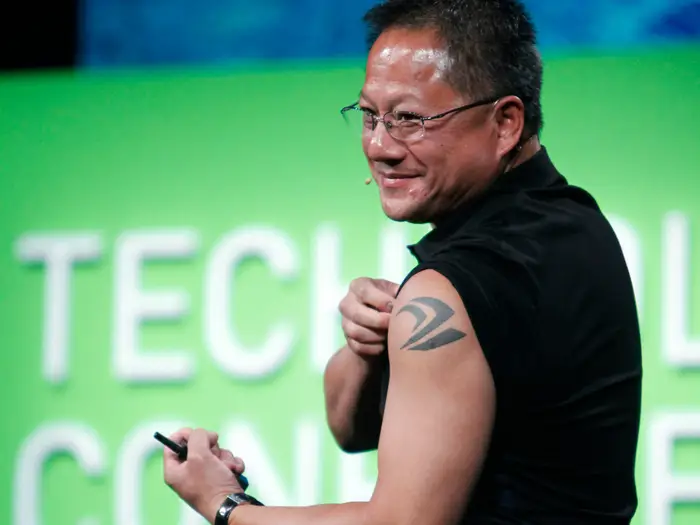
In an interview with CNN’s Fareed Zakaria, NVIDIA CEO Jensen Huang has denied using AI makes him less smart. Huang’s remarks came in response to an MIT study last month, which shared that users who relied on AI for writing essays demonstrated less brain activity across regions of the brain and were unable to use unique thinking at the end. However, Huang, who shared that he had not come across this study, commented that using AI actually improved his cognitive skills.
The gist of MIT’s study indicated that users who relied on ChatGPT to write their essays ended up with lower brain activity after their third attempt. The researchers outlined that while ChatGPT essay writers did initially structure their essays and based their questions to the model on the structure, at their final attempt, they ended up simply copying and pasting the model’s responses. Additionally, the ChatGPT users were also unable to recall their work and “consistently underperformed at neural, linguistic, and behavioral levels.”
After CNN’s Fareed Zakaria questioned Huang about the study and asked him what he thought of it, the executive replied by sharing that he hadn’t “looked at that research yet.” However, Huang still disagreed with the research’s conclusions. “I have to admit, I’m using AI literally every single day. And, and, um, I think my cognitive skills are actually advancing,” he said. Commenting further, the NVIDIA added that the reason behind his skills improving was because he wasn’t asking the model to think for him. Instead, “I’m asking it to teach me things that I don’t know. Or help me solve problems that otherwise wouldn’t be able to solve reasonably,” he shared.